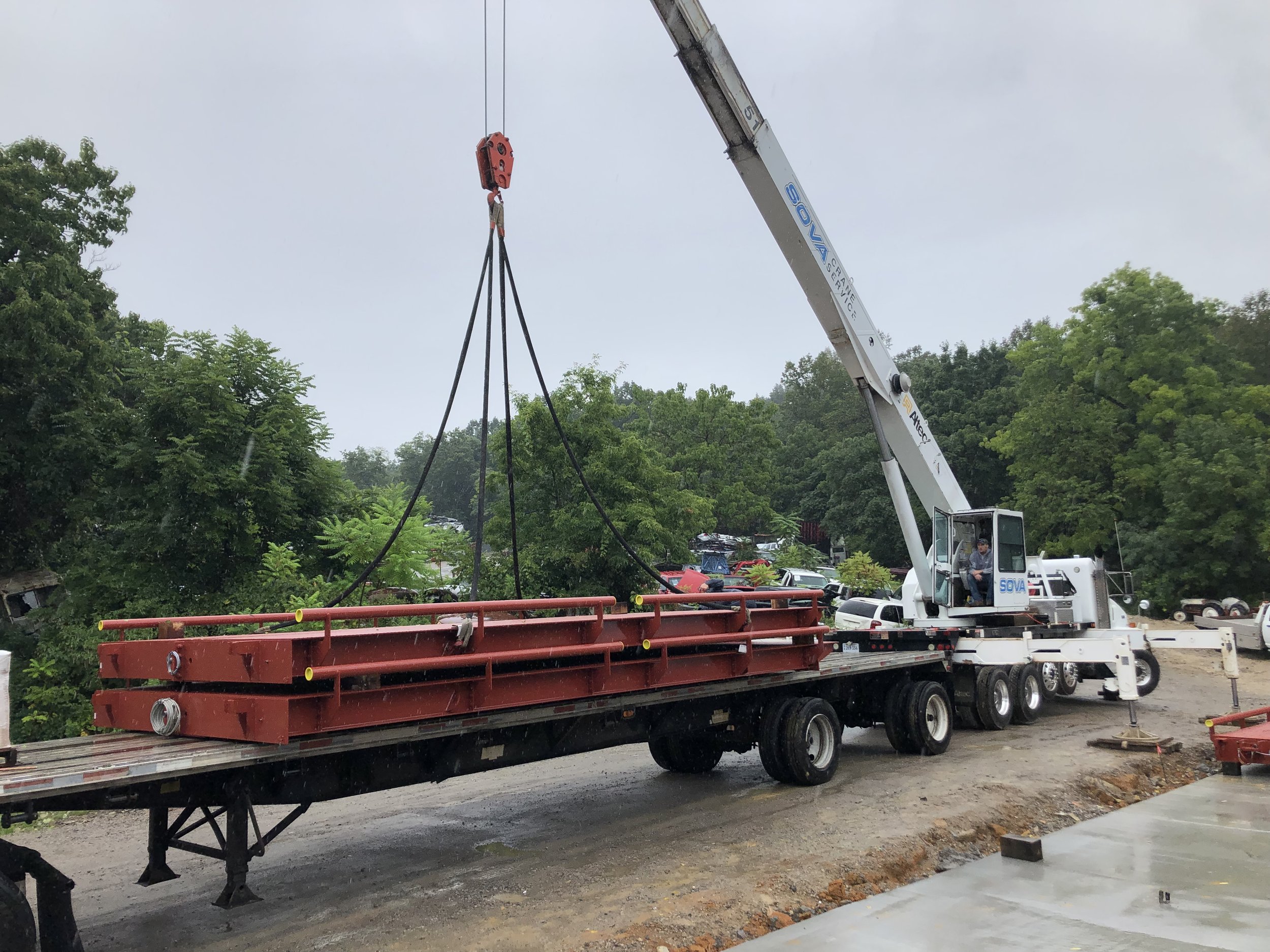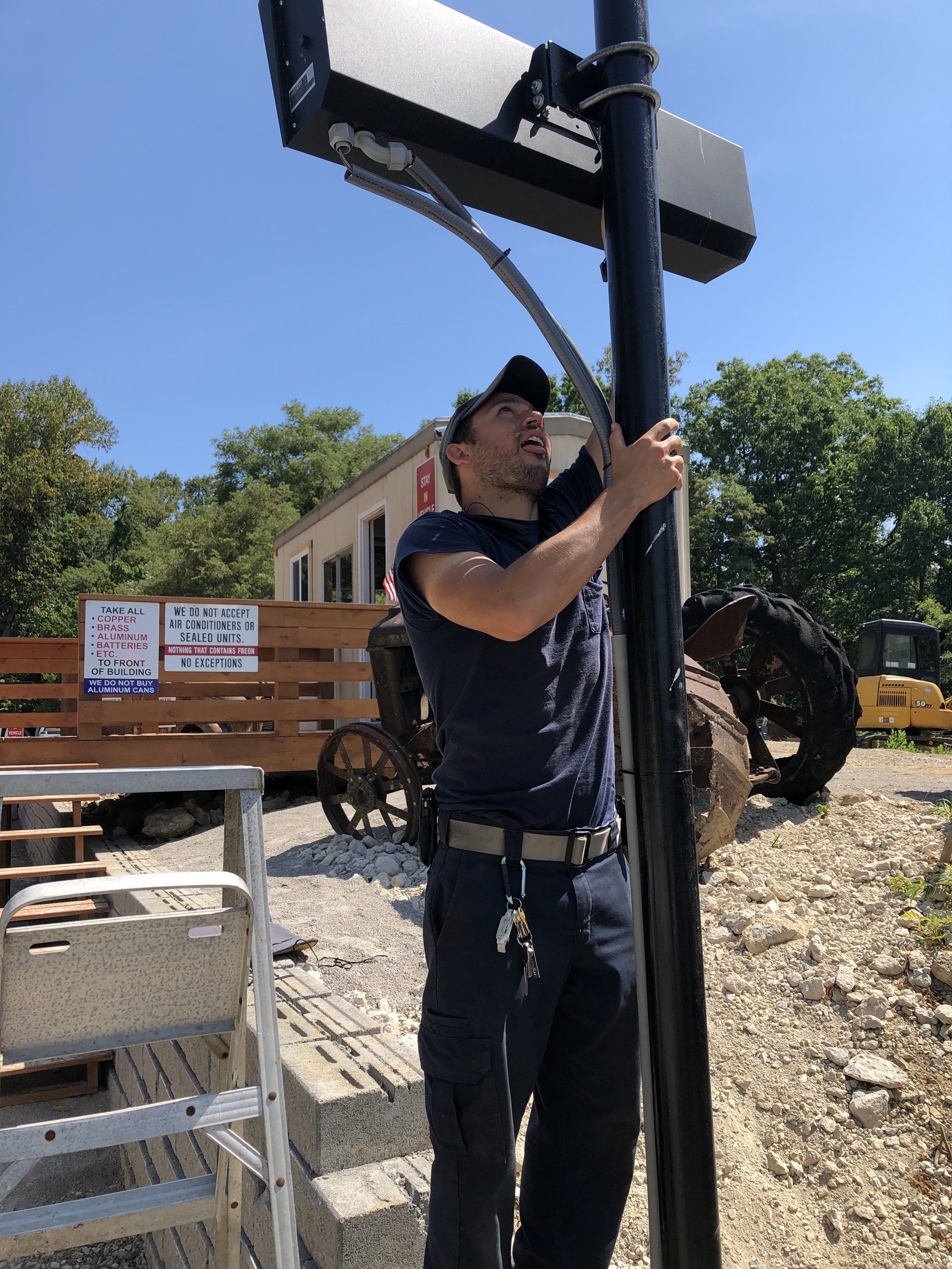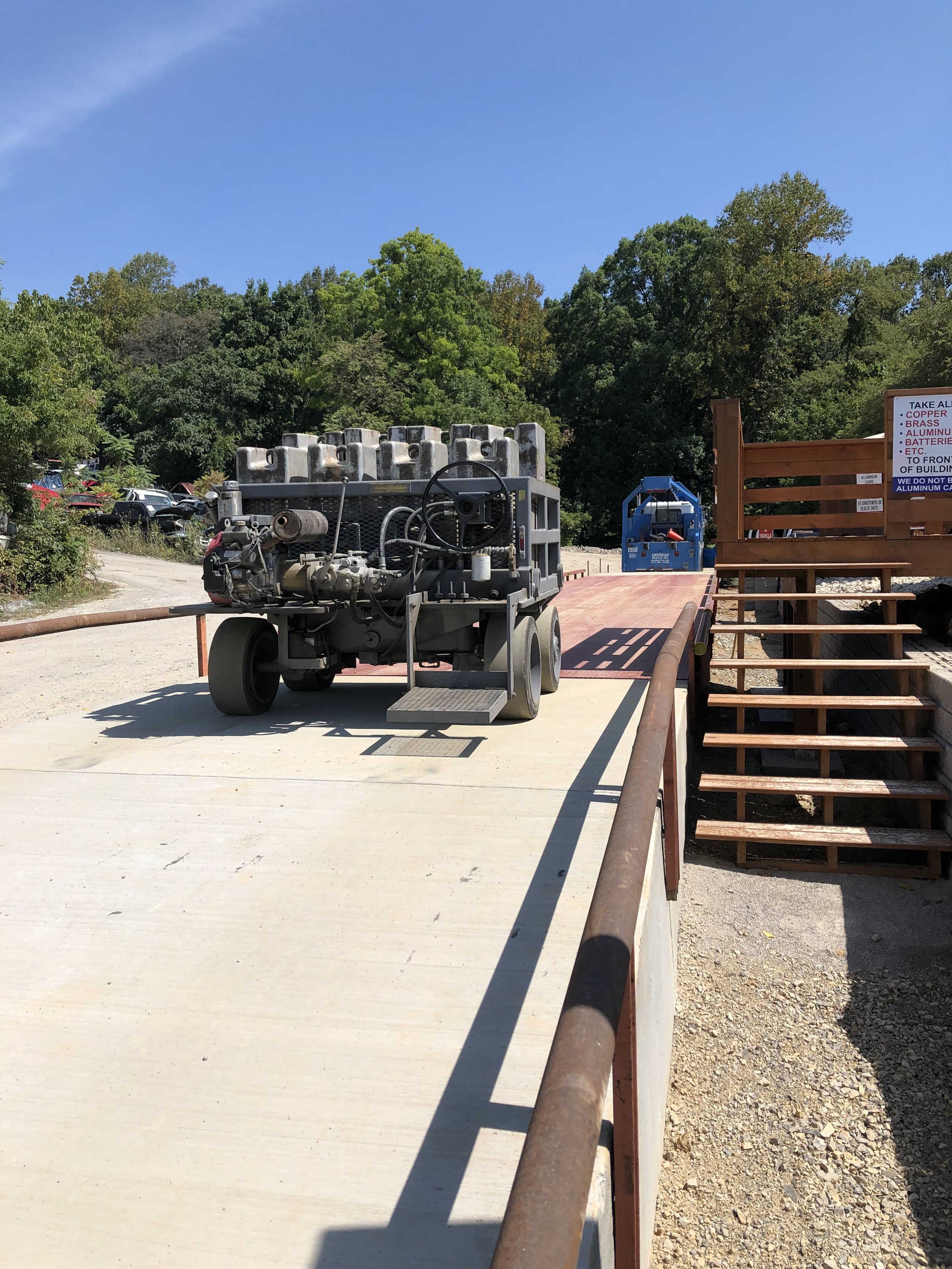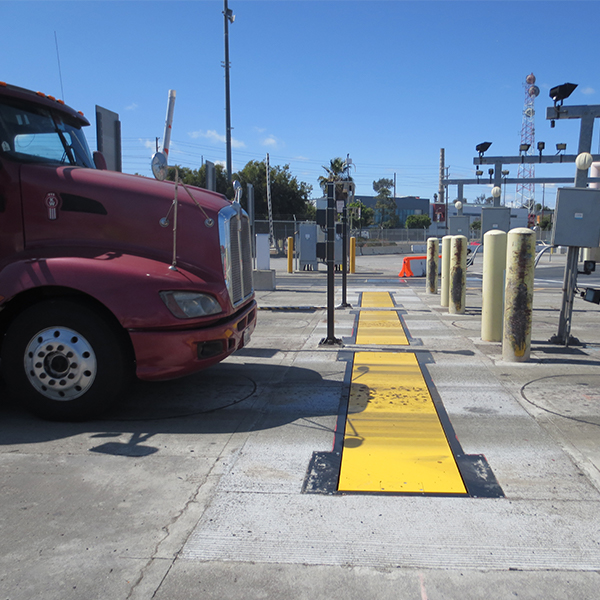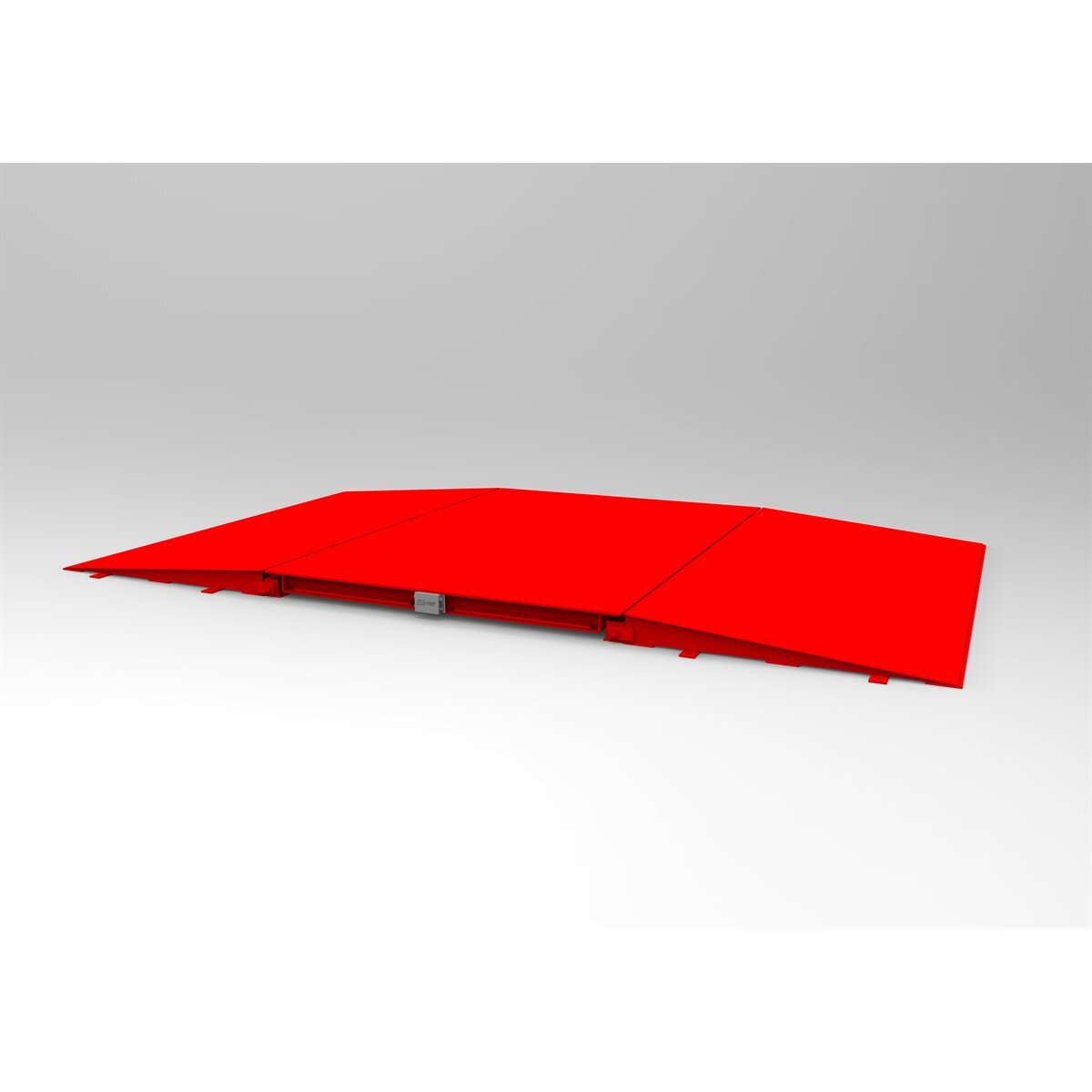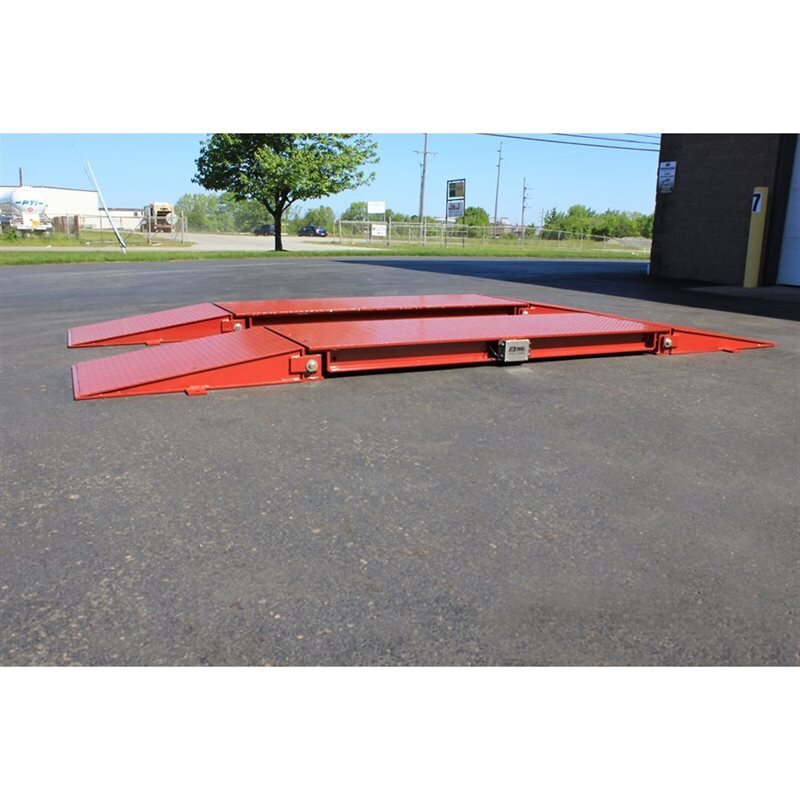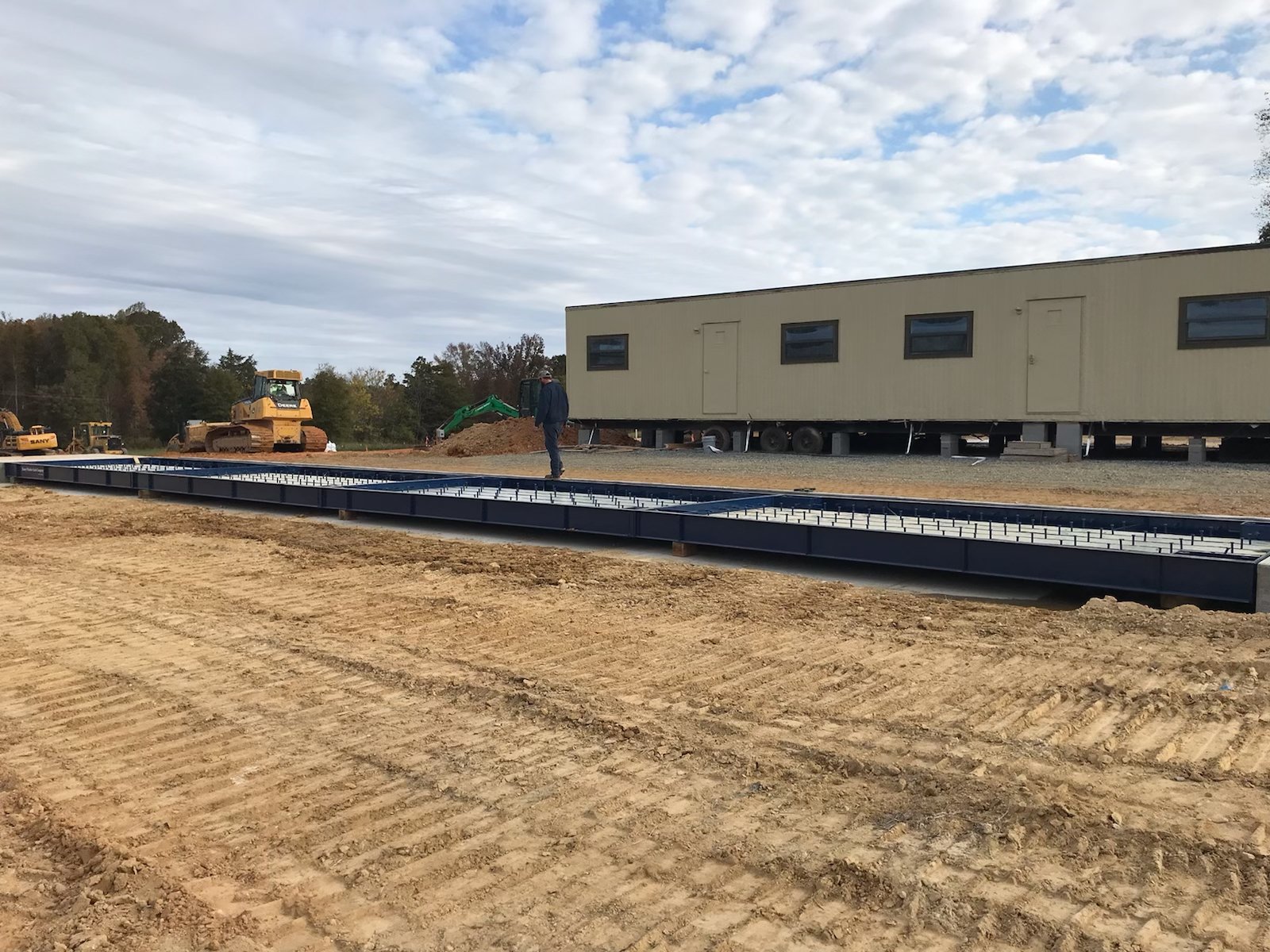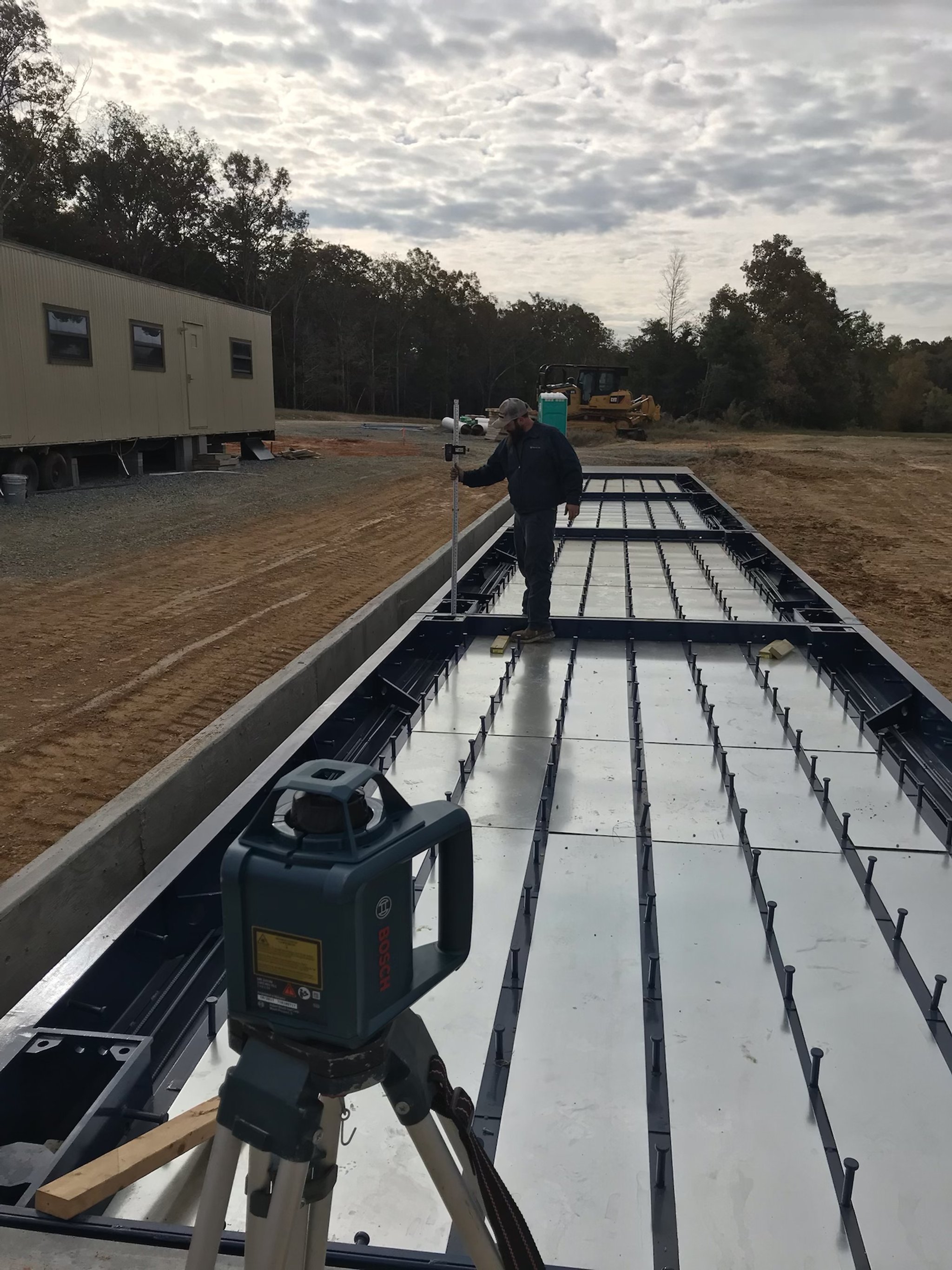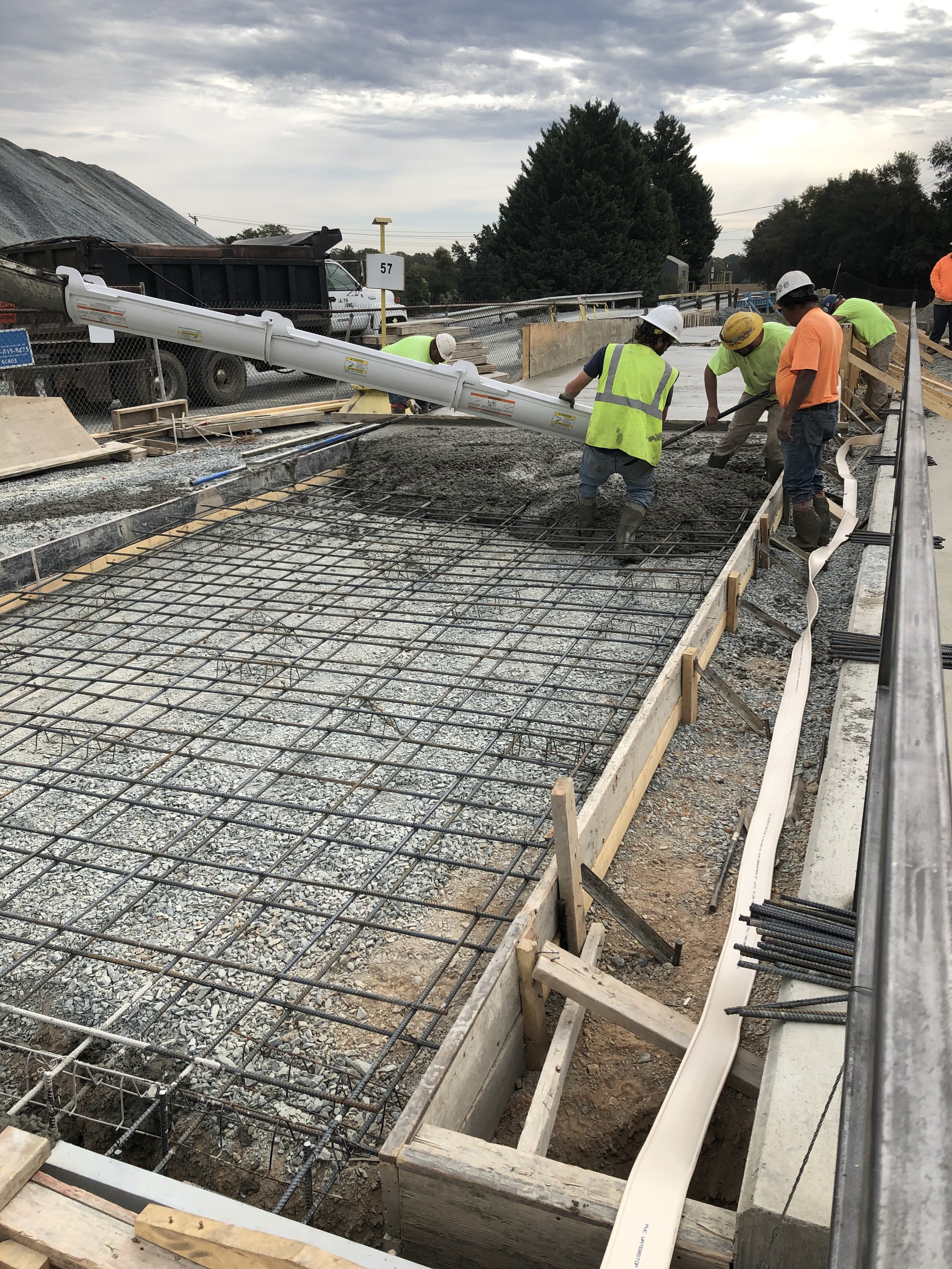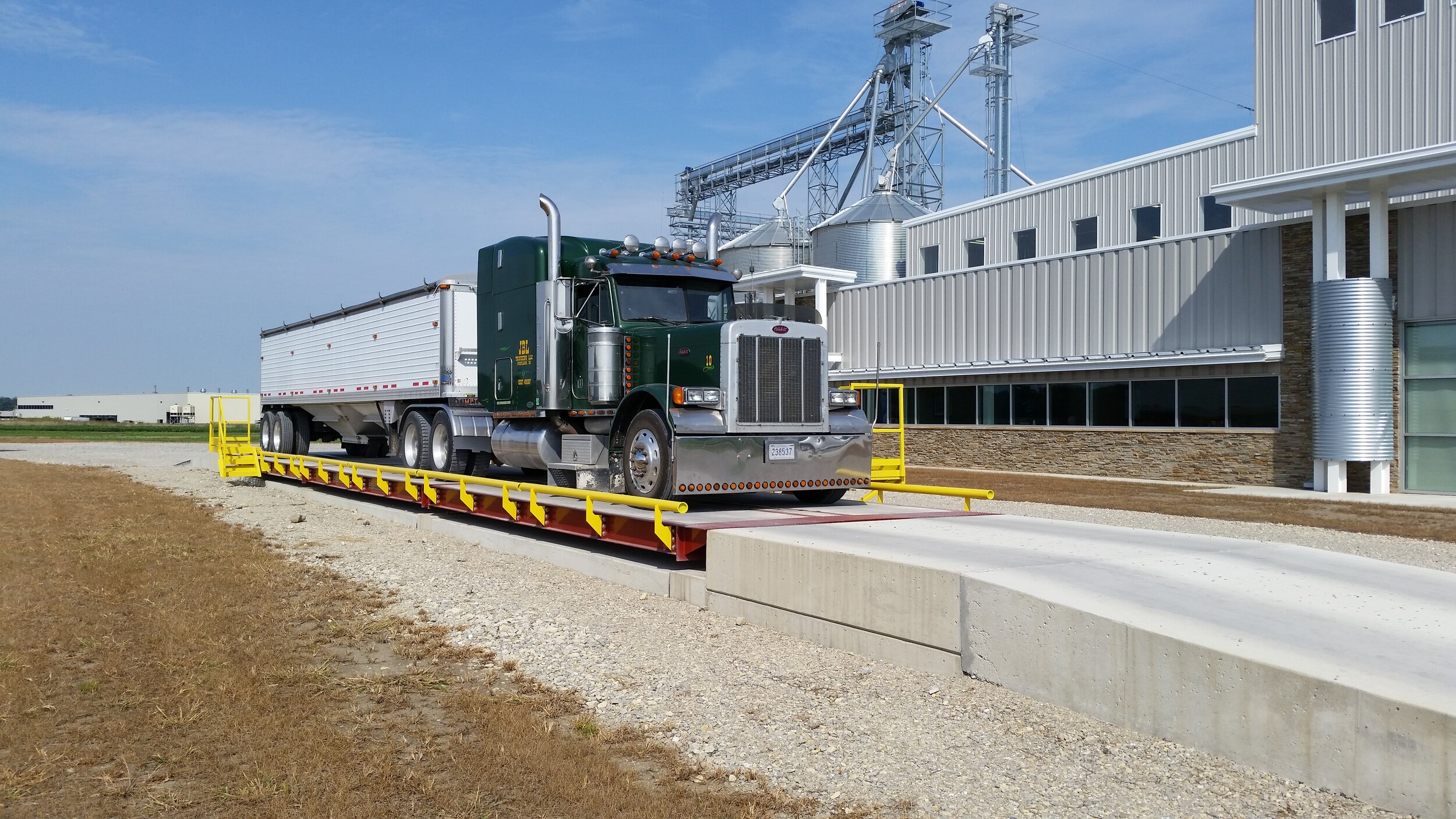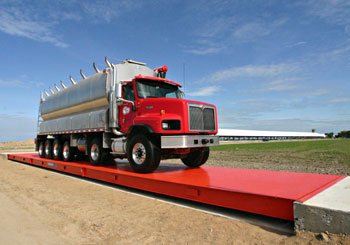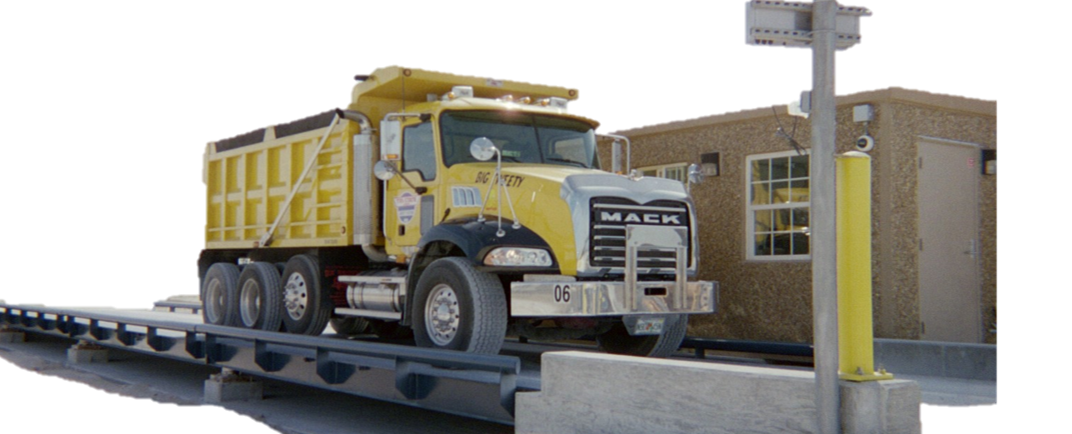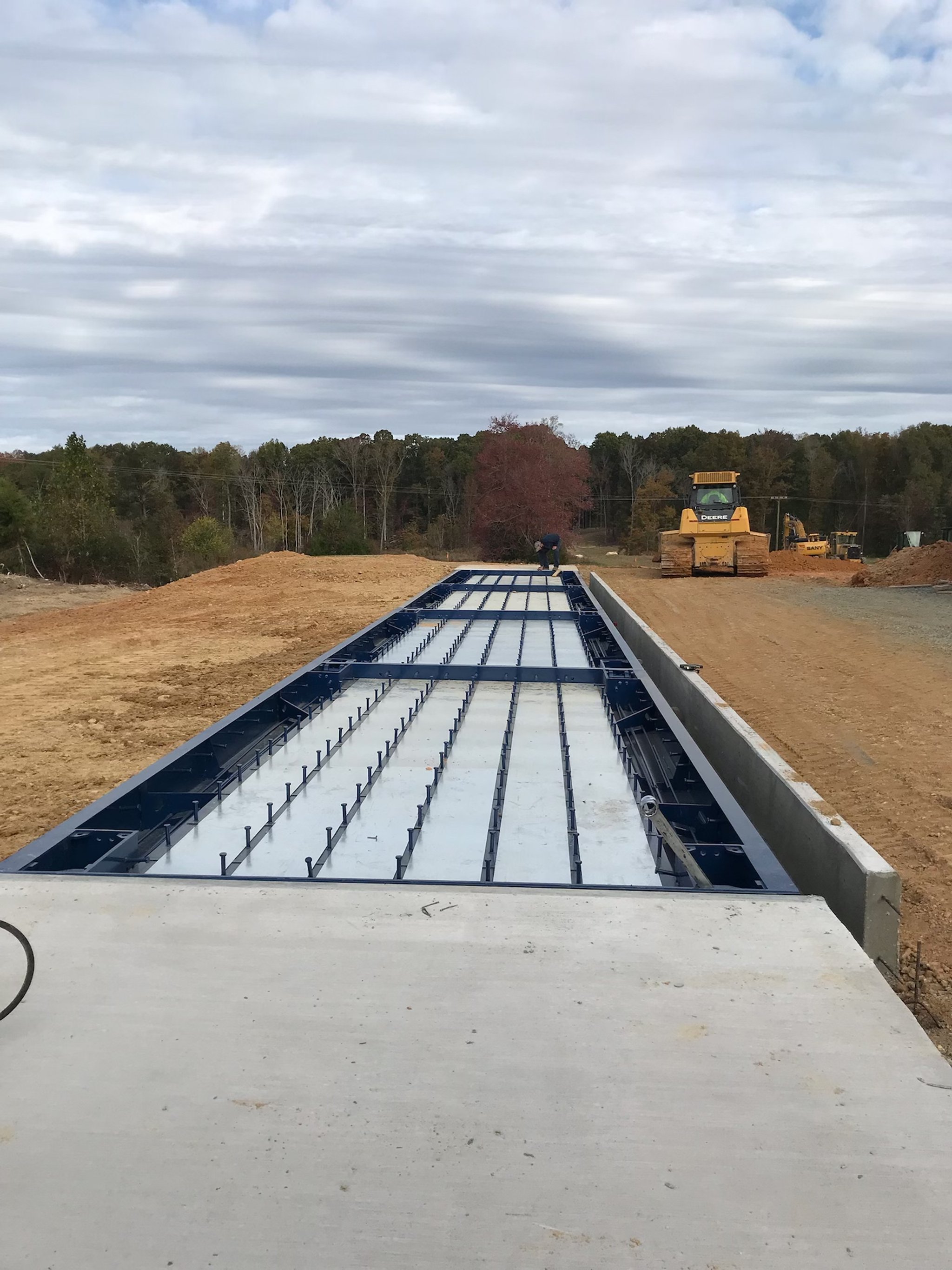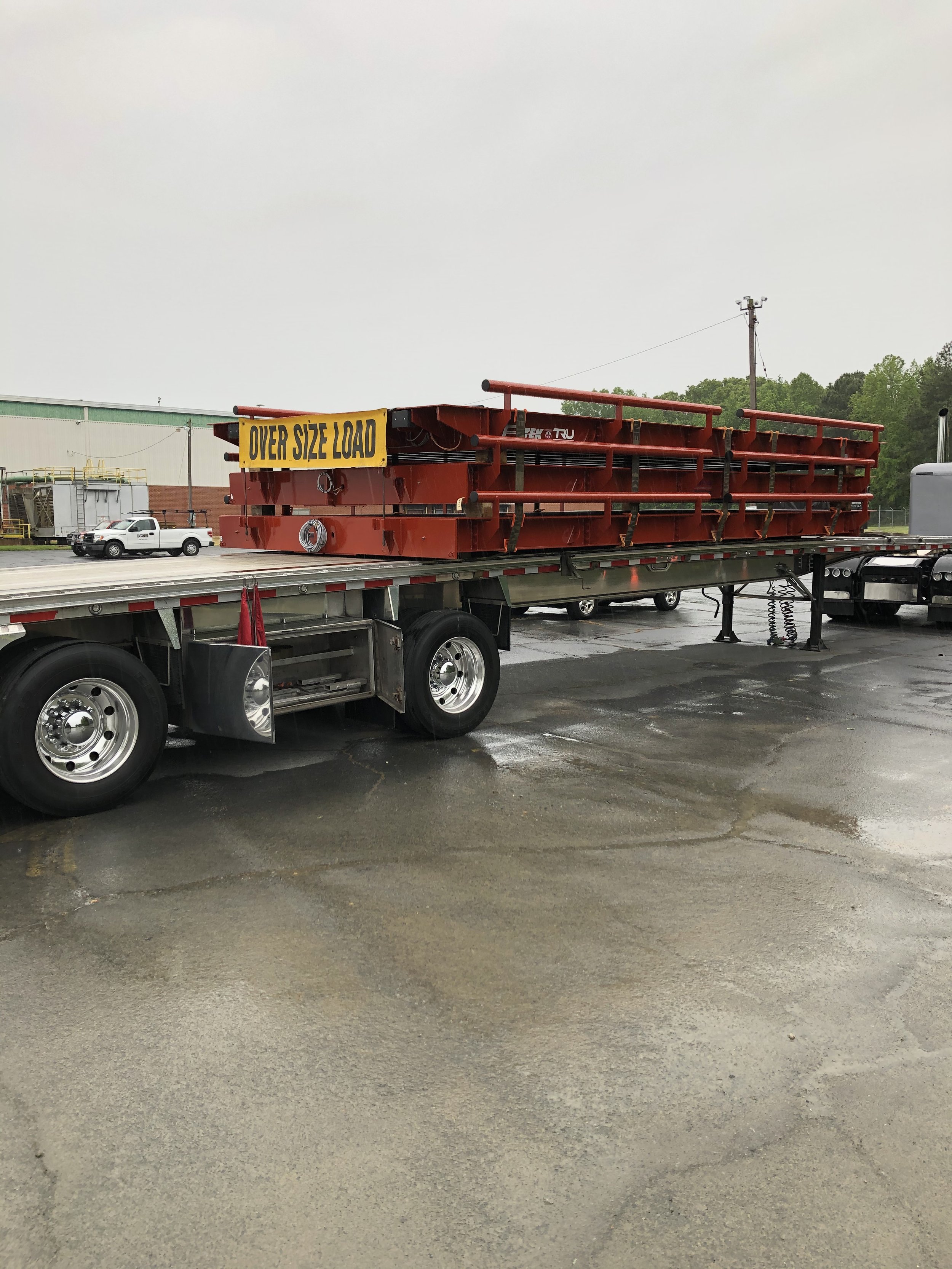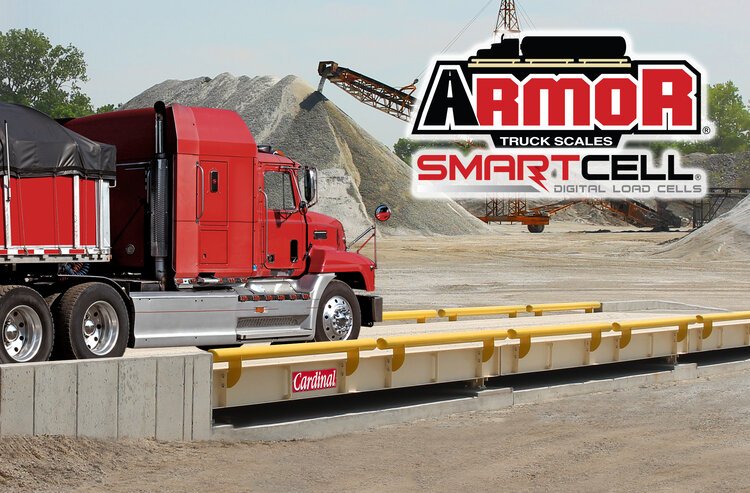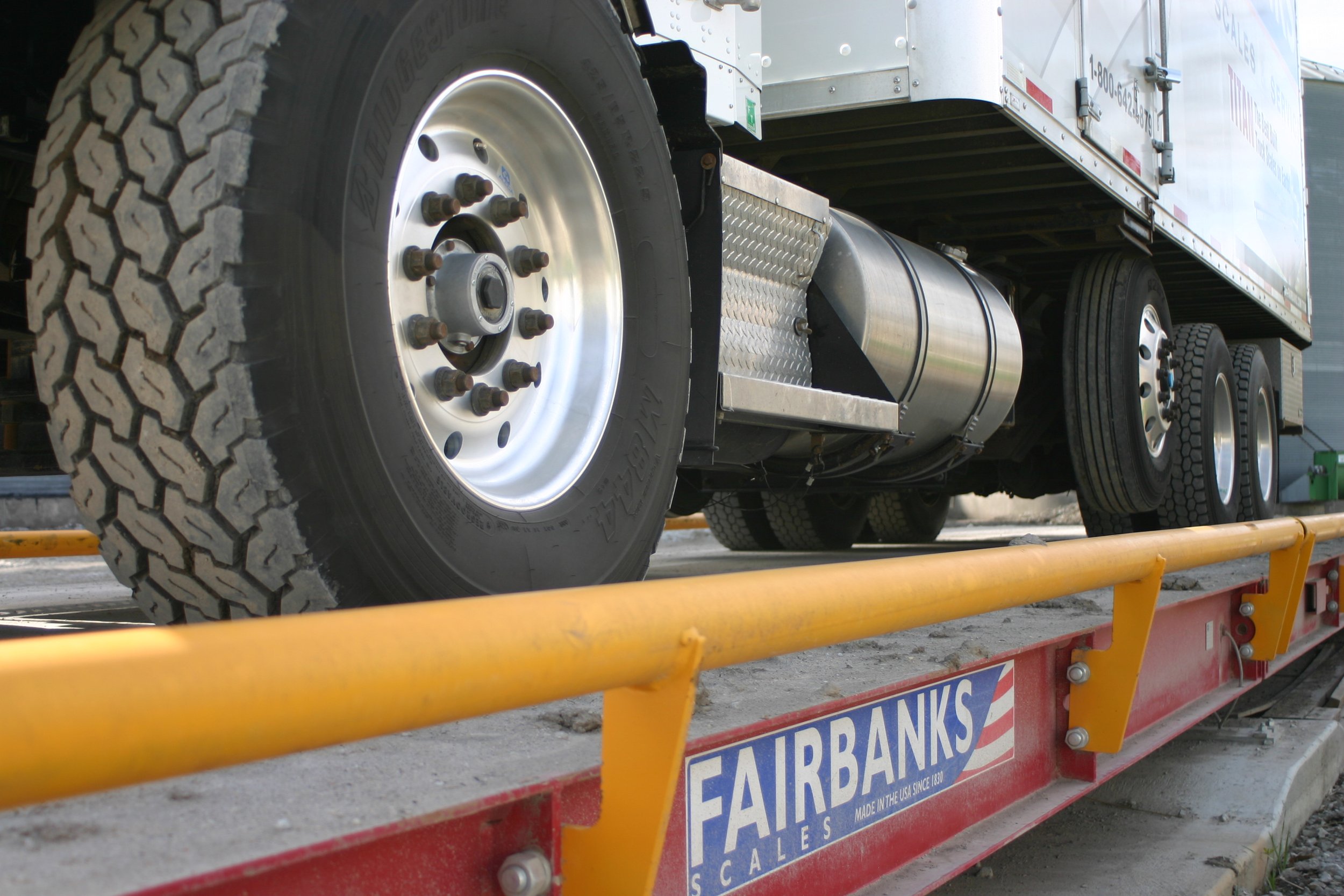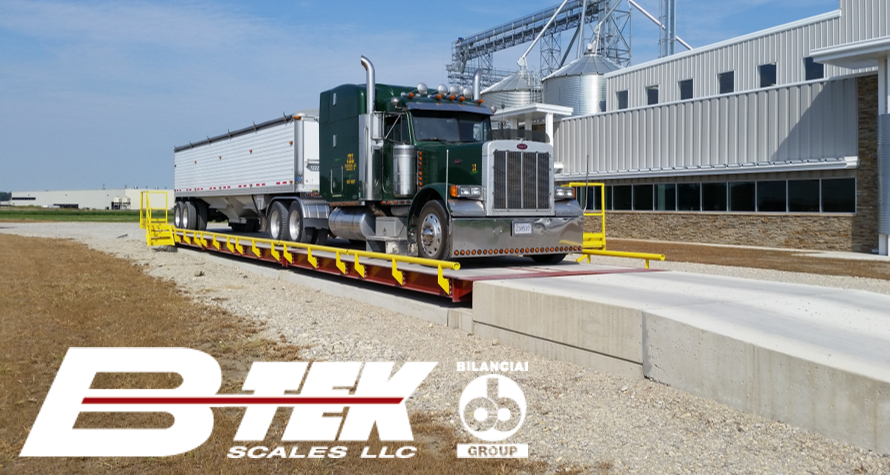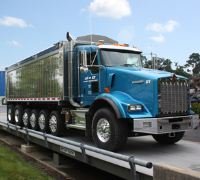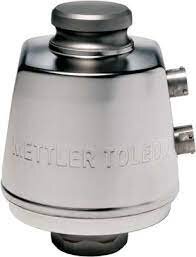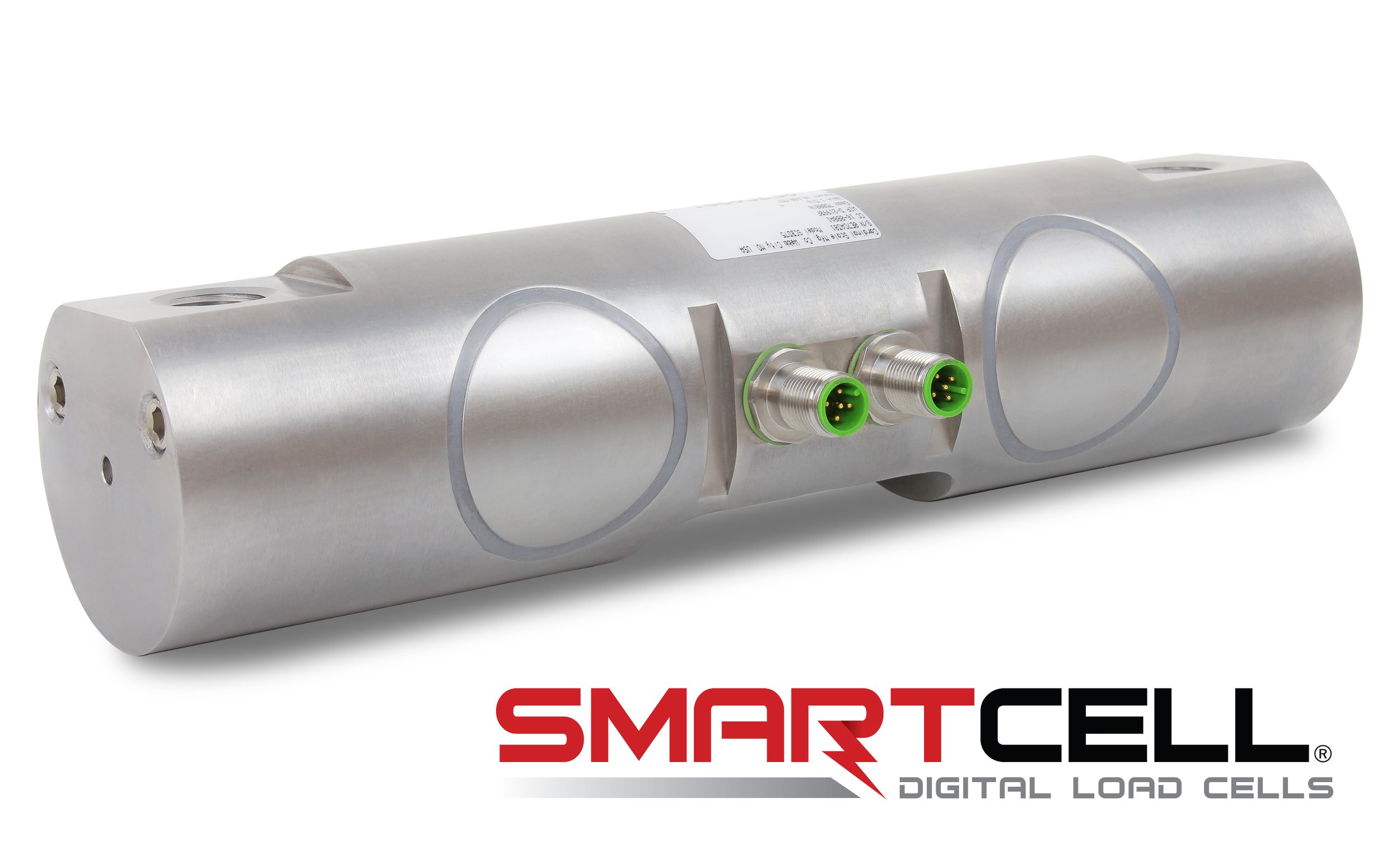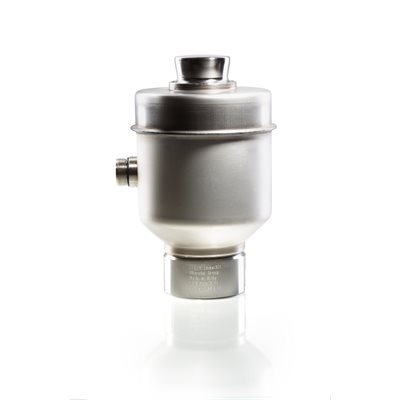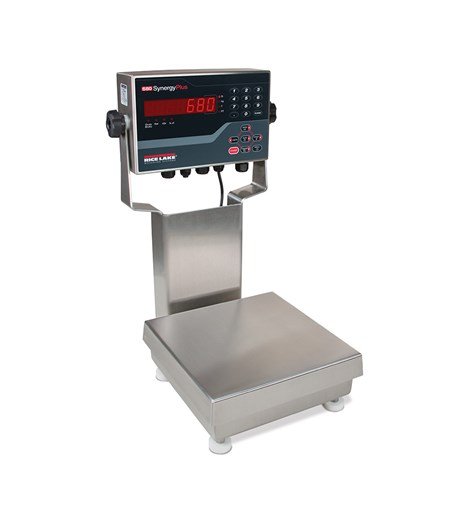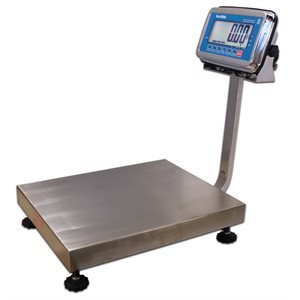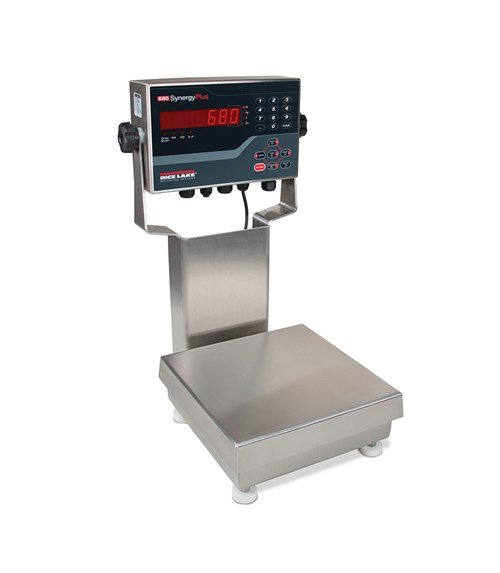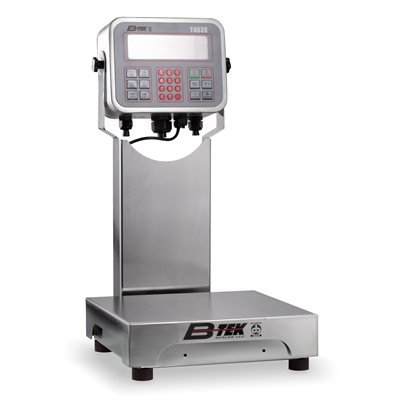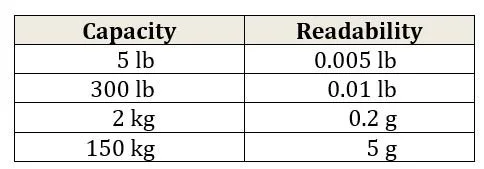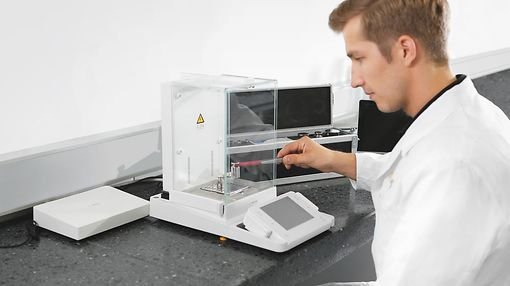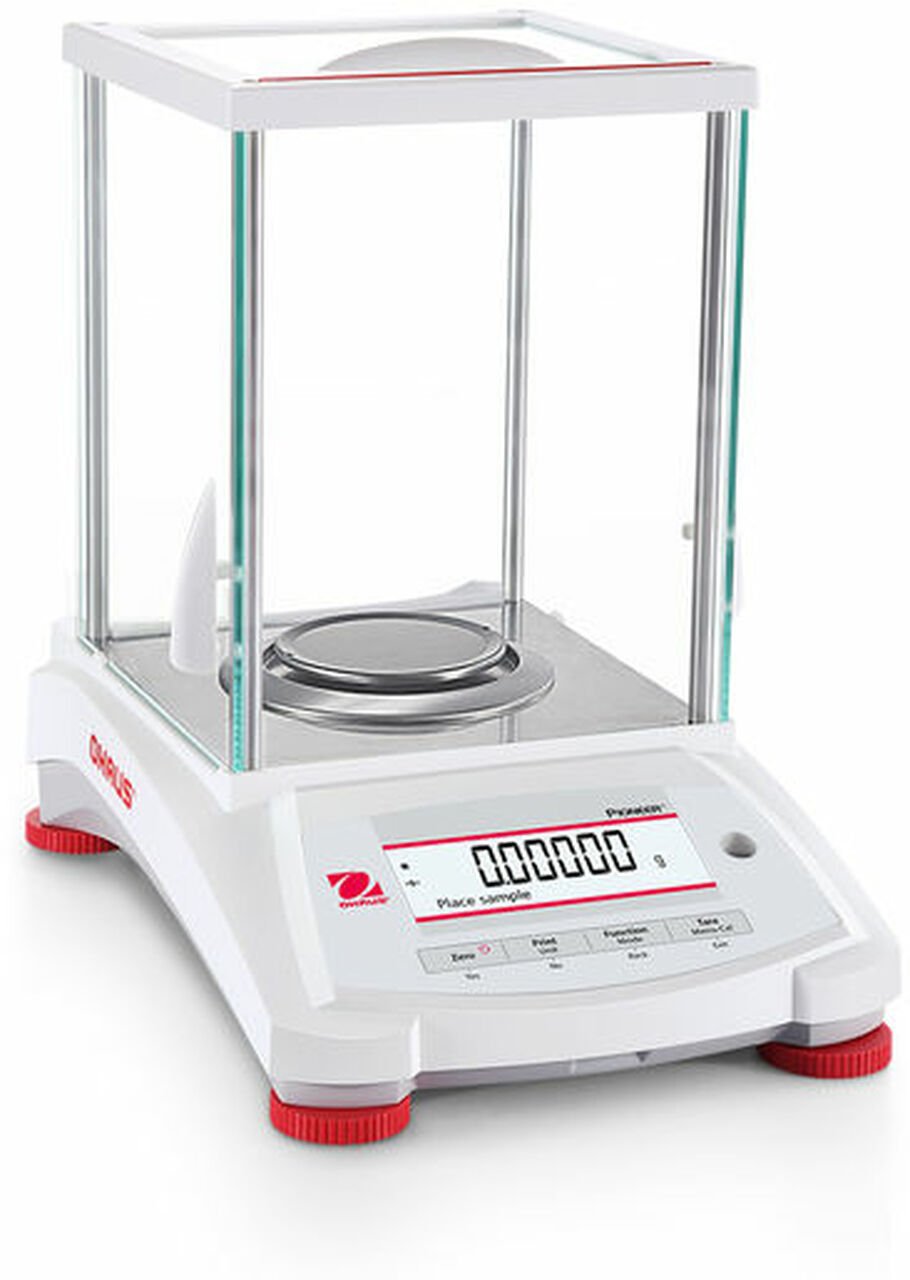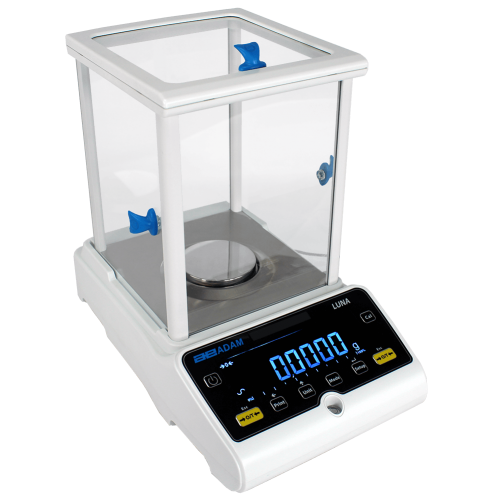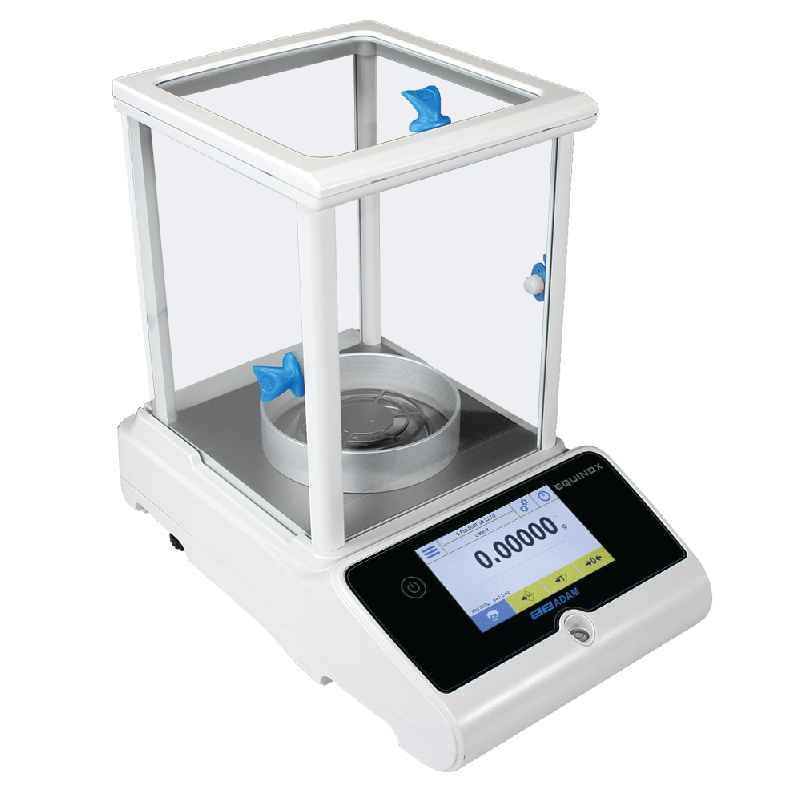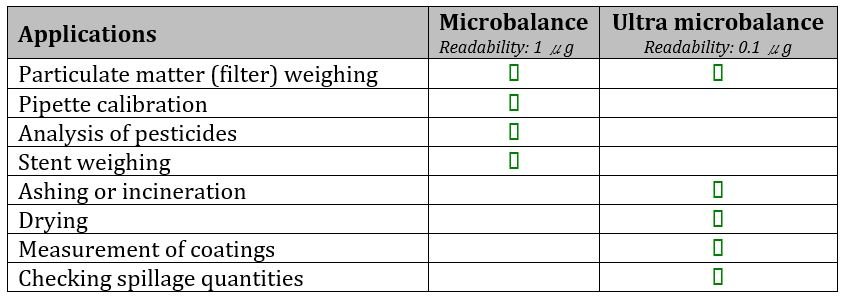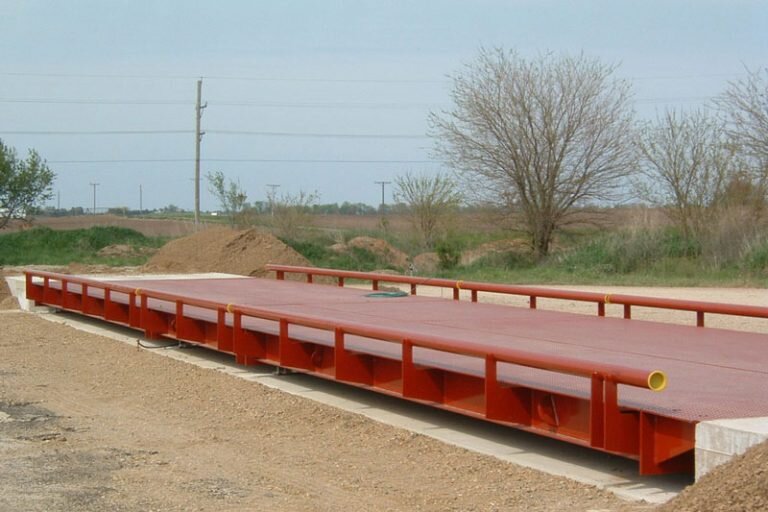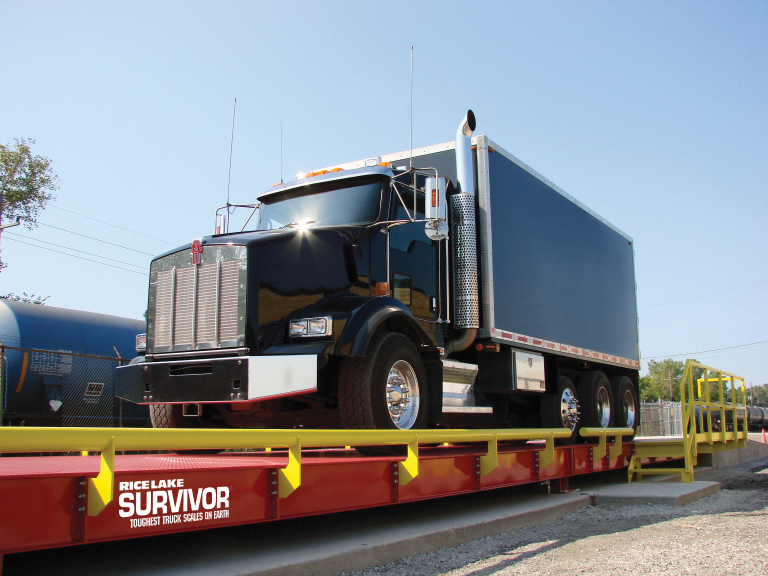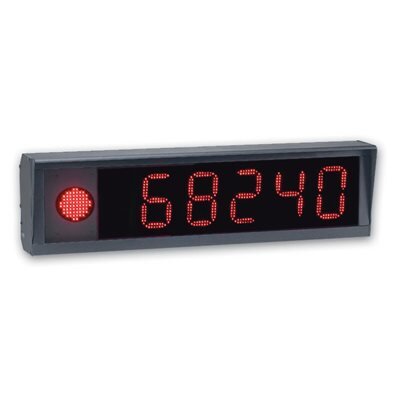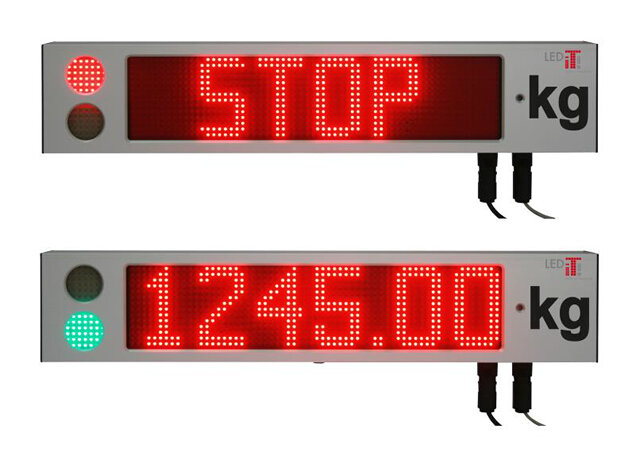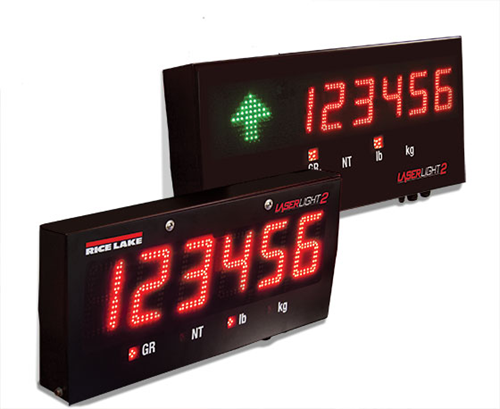Investing in a truck scale is a significant decision for businesses involved in transportation, logistics, agriculture, waste management, and various other industries. However, the process of purchasing a truck scale can be complex and daunting, especially for those unfamiliar with the intricacies of weighing equipment.
As a truck scale buyer, you need to make sure you avoid these common pitfalls. Too often one of these mistakes can torpedo and entire truck scale project. Don’t let that happen to you; review these top mistakes and how to avoid them.
Wrong location
Where to put your truck scale. Don’t put it in a low-lying area. Low lying areas are where all the water on the property will collect or at a minimum run through. Water and scales are never a good combination. Even with today’s hermetically sealed load cells, there are still multiple weak points on scale electronics that water will damage.
Second, a low-lying area will collect build-up. What do we mean by build-up? Build-up is rocks, dirt, sand, or any other material that will wash or blow under the scale. This build-up will cause major scale weighing issues. The scale platforms overtime will begin to sit on the built-up dirt and not the load cells. What does this lead to? A scale that weighs light and not accurately.
Bottom-line consider the topography when selecting a location for you truck scale.
Wrong Foundation Type
Too often truck scale buyers think they want a pit style foundation. Pit foundations have their place, but they are the exception and not the norm. A pit foundation sounds good in theory since it doesn’t require concrete ramps, take up less space, etc. But understand a true pit foundation will cost in concrete work 2-2.5x the cost of an above-ground foundation.
In addition, a pit scale is covered by confined space entry regulations, meaning the cost for maintenance goes up significantly. A concrete pit for a scale is like a big bucket on your property that will collect water. This means a sump pumping system must be installed and that moisture can begin to rust the scale from the underside faster.
Bottom-line, unless you need a pit foundation for a specific reason choose an above- ground. You and your scale will be happier.
To learn more about the different truck scale foundation types see this blog post.
Failing to Consider Environmental Factors:
Truck scales are exposed to various environmental conditions, including extreme temperatures, moisture, corrosive substances, and heavy traffic. Unfortunately, there are those who will neglect the importance of these factors when selecting a scale, opting for models that may not withstand their specific environment. To avoid this mistake, thoroughly assess the conditions in which your truck scale will operate and choose a robust, weather-resistant design that can withstand the rigors of your facility's surroundings. Additionally, consider factors such as installation location, protection from debris, and maintenance requirements to prolong the scale's lifespan.
Wrong Scale Installation Company / Dealer
The old saying you cant get all three (fast, cheap, and good quality) is applicable when selecting a truck scale installer. Whatever you do ensure you have good quality. A truck scale is a 25-year investment that can be ruined if installed incorrectly. Make sure your installer is certified/licensed in your state, has required insurance (WC, GL,etc.), and have a track- record of previous installations that they can show you.
You can mitigate all the other mistakes but if your scale is installed incorrectly the rest of your work & planning will be useless.
Neglecting to Assess Weight Capacity Requirements:
One of the most crucial aspects of buying a truck scale is determining the appropriate weight capacity for your specific needs. Many will make the mistake of underestimating the maximum weight their scale will need to accommodate. This oversight can lead to inaccurate measurements, potential damage to the scale, and costly repairs or replacements down the line. Before making a purchase, carefully evaluate the heaviest loads your operation will handle and choose a truck scale with a capacity that exceeds those requirements to ensure accuracy and longevity.
Overlooking Calibration and Accuracy:
Accuracy is paramount when it comes to weighing operations, as even minor discrepancies can have significant implications for inventory management, compliance, and financial reporting. However, many overlook the importance of calibration and accuracy when purchasing a truck scale, assuming that all models provide equally precise measurements. To ensure reliable performance, inquire about the scale's calibration process, accuracy specifications, and adherence to industry standards. Additionally, consider investing in features such as built-in diagnostics and remote monitoring capabilities to facilitate ongoing calibration and troubleshooting, thereby minimizing downtime and maximizing accuracy.
Poor Project Planning
As with any construction project having a good plan is paramount to success. Your project plan should be a partnership between you and your scale installation company. There are a number of moving pieces when installing a new truck scale. When will the scale arrive? Who is coordinating the crane? Is the foundation poured and cured? Are the conduits for cabling/wires laid out? Is there 120VAC power run to where the remote display will go? Do you need building permits? Will the scale connect to a computer? The questions go on and on. Lean on your scale installer to lead the project but understand as the buyer you carry many of the responsibilities of whether the installation timeline is met.
As the buyer you will most likely need to provide 120VAC power to power the scale; without power the scale installer cannot complete installation of the scale, calibration of the scale, or set-up of the indicator. Bottom-line, select the right scale installation company and build a strong partnership with them to ensure an on-time, on-budget truck scale installation.
Wrong Scale
Selecting the correct scale for your project is foundational. We have dedicated a couple whole articles to all the options you must select (deck type, scale length, scale width, electronic or hydraulics, digital or analog, etc.). One focus point is buying a scale that is paired to number of trucks you plan to weigh daily and their average weight.
Do not buy a light or medium duty scale if you plan to pound150 logging trucks each weighing 90k lbs+ everyday across your scale. Buying a heavier duty scale will never hurt you.
For learning which deck type to select see this blog post.
Sacrificing Quality for Cost Savings
In today's competitive marketplace, cost is a significant factor for many consumers when purchasing equipment. However, prioritizing upfront savings over long-term value can be a costly mistake when buying a truck scale. Some opt for cheaper, low-quality models to minimize initial investment without considering the potential consequences, such as reduced accuracy, frequent maintenance issues, and premature failure. Instead, focus on finding a balance between price and quality, investing in a reputable brand known for reliability, durability, and customer support. While high-quality truck scales may come with a higher upfront cost, they offer superior performance and longevity, ultimately delivering greater value over time.
Closing Words
Purchasing a truck scale is a significant investment that requires careful consideration of various factors to ensure optimal performance, accuracy, and durability. By avoiding the common mistakes outlined in this article and taking a strategic approach to the buying process, consumers can select a truck scale that meets their specific needs, enhances operational efficiency, and delivers long-term value for their business.
American Scale is your source for industrial scales. Be sure to check out our Learning Hub for in depth articles tackling multiple topics. From scale service and maintenance, to learning how to pick the right scale for you. American Scale has you covered.




